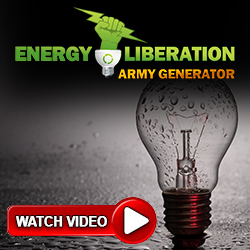A new method to extract more efficient and polarized light from quantum dots (QDs) over a large-scale area has been developed by researchers. Their method, which combines QD and photonic crystal technology, could lead to brighter and more efficient mobile phone, tablet, and computer displays, as well as enhanced LED lighting.
Exceptionally strong and lightweight new metal
A team led by researchers has created a super-strong yet light structural metal with extremely high specific strength and modulus, or stiffness-to-weight ratio. To create the super-strong but lightweight metal, the team found a new way to disperse and stabilize nanoparticles in molten metals.
Some like it hot: Simulating single particle excitations
Understanding and manipulating plasmons is important for their potential use in photovoltaics, solar cell water splitting, and sunlight-induced fuel production from carbon dioxide. Researchers have used a real-time numerical algorithm to study both the plasmon and hot carrier within the same framework. That is critical for understanding how long a particle stays excited, and whether there is energy backflow from hot carrier to plasmon.
Molecular nanoribbons as electronic highways
Physicists have developed a method to synthesize a unique and novel type of material which resembles a graphene nanoribbon but in molecular form. This material could be important for the further development of organic solar cells.
Efficiency from larger perovskite solar cells improved
Perovskite solar cells are cheaper to make than traditional silicon cells and their electricity conversion efficiency is improving rapidly. To be commercially viable, perovskite cells need to scale up from lab size. Researchers report a method for making perovskite cells larger while maintaining efficiency.











